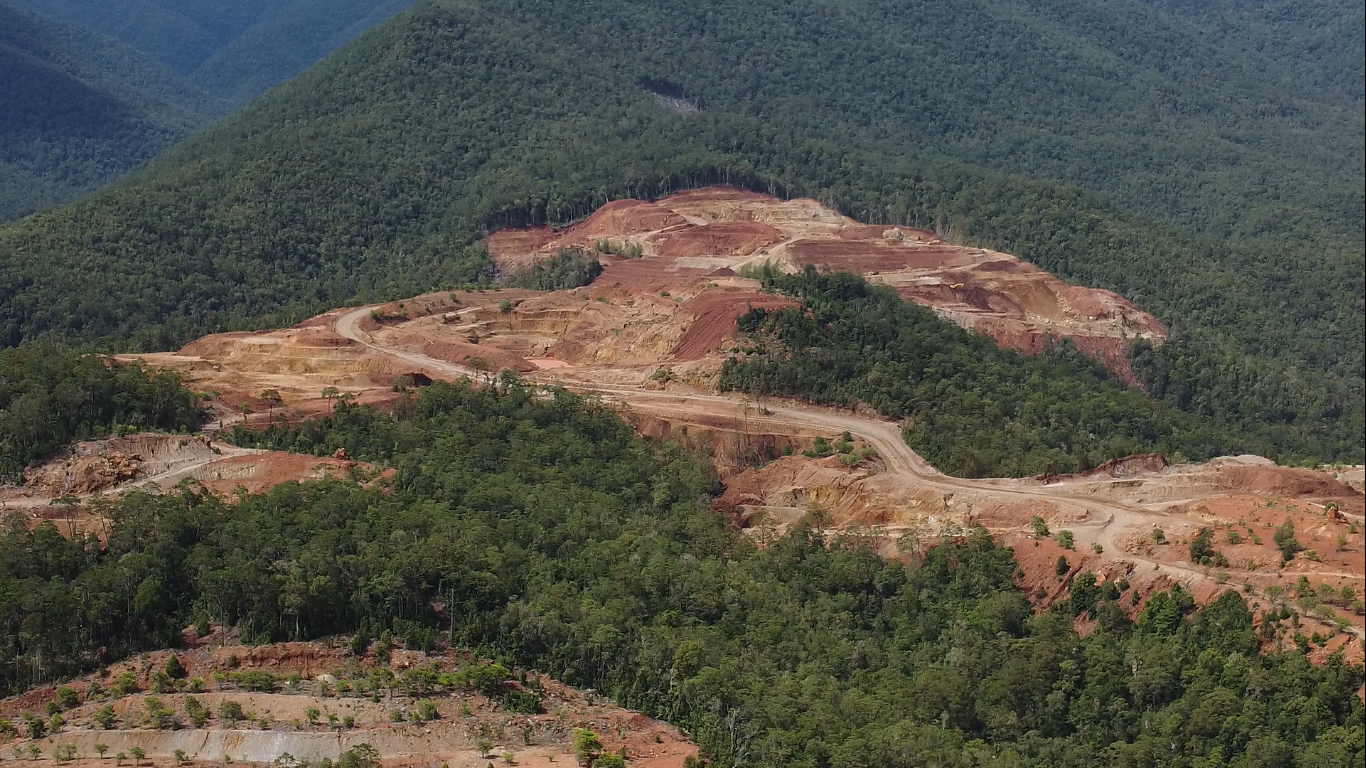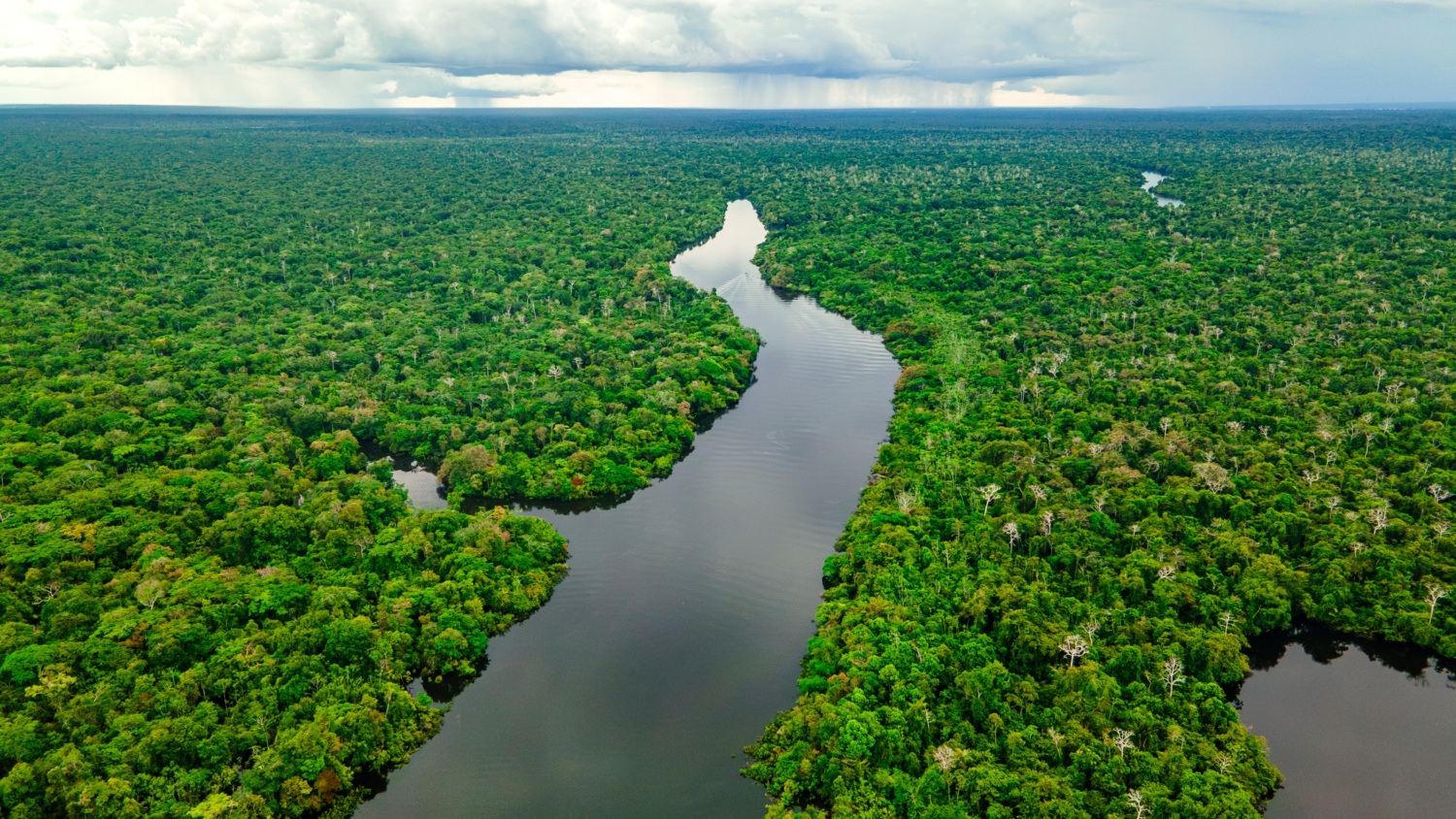
Assessing Biodiversity and Deforestation Impacts in Mining Standards
Read the Full Brief Here
Evaluating Mining Standards
In a recently published brief, Mighty Earth and Rainforest Foundation Norway examine the limitations of three existing mining standards (IRMA, CopperMark/RMI and TSM) to avoid deforestation and minimize impacts on critical ecosystems like rainforests. Conserving tropical rainforests and stopping deforestation is critical to meet our global biodiversity and climate goals, but tropical forests are being disproportionately impacted by mining activities.
Third party mining standards and assurance schemes are important tools for improving transparency, accountability and environmental and social practices of mining operations. However, mining standards such as the Initiative for Responsible Mining Assurance (IRMA), Towards Sustainable Mining (TSM), or Copper Mark, currently have severe limitations to prevent the degradation of natural or critical habitats like tropical rainforests.
The IRMA standard consistently rises above other mining standards for evaluating biodiversity impacts, due to its stronger requirements, multistakeholder governance and transparency, among other criteria. As global mining operations increase, third party auditing will be necessary for ensuring that mining across the world is conducted in a responsible way that upholds human rights and minimizes adverse environmental impacts.
Shortcomings of Existing Standards
An often cited tool to limit mining impacts on biodiversity is to apply the mitigation hierarchy of avoiding, minimizing, restoring, and compensating for negative impacts on natural ecosystems. Current wording across mining standards does not explicitly include the importance of prioritizing the avoidance of natural habitats and critical habitats for mining operations, in accordance with the International Finance Corporation (IFC) Performance Standard 6 (PS6). In addition, to date, none of the examined mining standards have introduced language that explicitly addresses the impacts on natural forests, land use change, and/or deforestation.
IRMA utilizes the mitigation hierarchy throughout its standard, and compared to other standards, IRMA’s biodiversity chapter offers the most detailed guidance for implementation of the mitigation hierarchy. In the biodiversity section of the revised IRMA audits, some inconsistencies appear in how mines are rated. Because of the lack of thoroughness and clarity in the metrics and indicators used, some auditors seem to lack all the information they need from mines.
Across standards, there is the need to strengthen the language and the set of indicators that can be used to ensure that companies are undertaking measurable steps to avoid and minimize overall land use change and deforestation. Land use change is the most important driver of biodiversity loss, and the most apparent environmental impact of extractive activities is often linked to land use change and deforestation. Thus, focusing on land use change indicators is the best way to implement the mitigation hierarchy and prevent negative impacts on biodiversity.
To better protect biodiversity, IRMA and other mining standards should strengthen the language of their biodiversity indicators so that they are better aligned with IFC Performance Standard 6, and so that they can provide information on the extent and type of land use change that has occurred at the mine site. In addition, auditors should use third party information, such as satellite imagery, to evaluate the land use impacts of mines. the source of the information used by auditors should extend on what is reported in environment impact and social assessments (ESIA). In doing so, audits will give mines and other stakeholders the feedback and information they need to better manage biodiversity risks and impacts.
Solutions to Strengthen the Standard
Land use change is the most important driver of biodiversity loss. Thus, focusing on land use change indicators is the best way to implement the mitigation hierarchy and prevent negative impacts on biodiversity. The most apparent environmental impact of extractive activities is often linked to land use change and deforestation.
Further, we believe that the “avoid” tier of the mitigation hierarchy should be prioritized in all cases, to ensure that mining is taking place on degraded land rather than taking place on forested land. Focusing on “avoidance” actions and commitments is important because restoration efforts may never truly return biodiversity and ecosystem services to their baseline levels.
To address this gap, standard setters need to:
- Improve the language in standards criteria to include explicit wording regarding deforestation impacts, land use change, and impacts on natural and critical habitats.
- Improve the ‘means of verification’ so that they do not only rely on third party audits, but also include use of independent, satellite data to track land use change impacts and deforestation.
- Introduce clearer language and indicators for implementation of the mitigation hierarchy, so that they clearly include the need to prioritize the avoidance of natural habitats and other critical habitats, aligned with the International Finance Corporation (IFC) Performance Standard 6.
For more detailed information on our proposed changes, please see Mighty Earth’s comments on the IRMA biodiversity standard revisions.
For more information on the mining industry, please see Mighty Earth’s From Forests to EVs report on the environmental impacts of the nickel industry in Indonesia and RFN’s Short Circuits report which explores the mineral supply chain policies in the EV industry.


